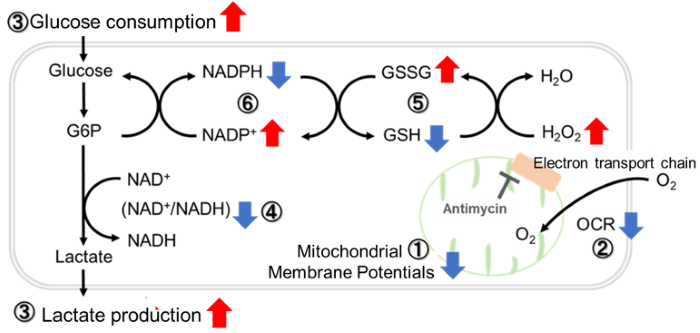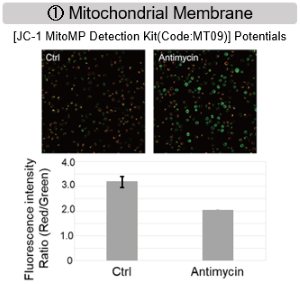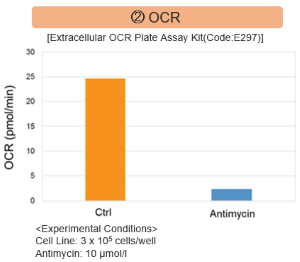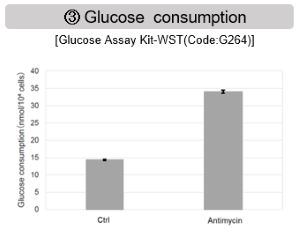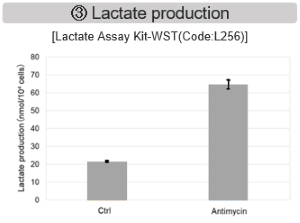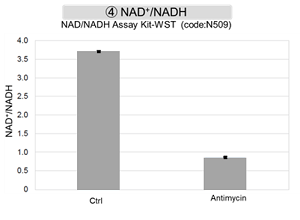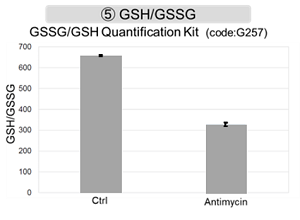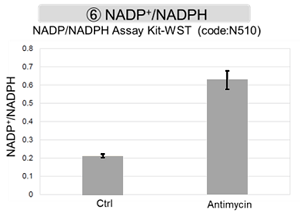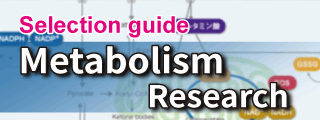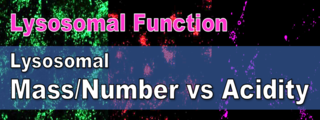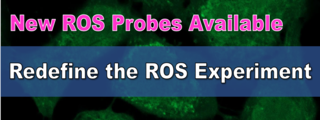Previous Science Note
|
Cancer has long been defined by the Warburg effect, yet many tumors also depend on mitochondrial OXPHOS, using both pathways as conditions change. This metabolic plasticity serves as a survival strategy that supports growth and stress tolerance under nutrient and oxygen constraints. To frame this landscape, we introduce a recent review that charts glycolysis, OXPHOS, glutaminolysis, and lipid metabolism in cancer and outlines actionable metabolic targets. We also highlight new research showing that cancers can reprogram the metabolism of neighbouring cells, notably shifting the glycolysis/OXPHOS balance in T cells via mitochondrial transfer and thereby weakening antitumor immunity. |
||||||||||||||||||||||||
|
Altered metabolism in cancer: insights into energy pathways and therapeutic targets (Molecular Cancer, 2024) Related techniques Glycolysis/OXPHOS Assay, Glucose Uptake Plate Assay |
||||||||||||||||||||||||
|
Immune evasion through mitochondrial transfer in the tumour microenvironment (Nature, 2025) Highlighted technique: In this study, co-cultured cancer cells and T cells, tracked fluorescently labeled mitochondria by confocal, time-lapse, and electron microscopy, and quantified transfer with flow cytometry. Related techniques Long-lasting Mitochondrial Staining, Mitophagy Detection |
||||||||||||||||||||||||
Related Techniques (click to open/close)
|
||||||||||||||||||||||||
Application Note (click to open/close)
|
||||||||||||||||||||||||
|
Antimycin stimulation of Jurkat cells was used to evaluate the changes in cellular state upon inhibition of the mitochondrial electron transport chain using a variety of indicators.
|
The results showed that inhibition of the electron transport chain resulted in (1) a decrease in mitochondrial membrane potential and (2) a decrease in OCR. In addition, (3) the NAD+/NADH ratio of the entire glycolytic pathway decreased due to increased metabolism of pyruvate to lactate to maintain the glycolytic pathway, (4) GSH depletion due to increased reactive oxygen species (ROS), and (6) increase in the NADP+/NADPH ratio due to decreased NADPH required for glutathione biosynthesis were observed. Products in Use |
|
|
|




